- Travel Tips and Advice
- October 17, 2024
- 1 Comment
- 207
“Essential Gear for the Annapurna Circuit Trek: Do You Really Need a Cozy Sleeping Bag?”
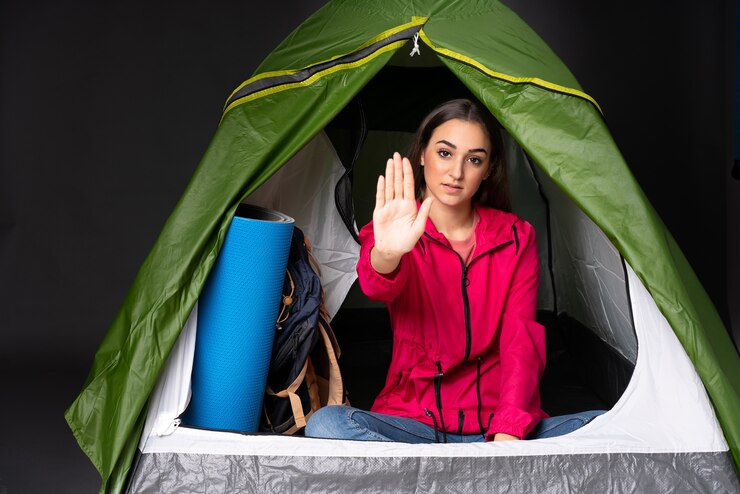
One of the most well-known and sought-after trekking routes worldwide is the Annapurna Circuit Trek. It leads travelers through a variety of environments, including dry high-altitude regions and lush subtropical woods. One frequently asked issue as you prepare for your hike is whether a sleeping bag is necessary for the Annapurna Circuit trip.
The short answer is that it is highly advised to pack a sleeping bag for the Annapurna Circuit hike. But this choice can also be influenced by the kind of nap bag you choose, how much you rely on it, and other elements like the time of year and your lodging. We’ll go over the importance of sleeping bags, how to pick the best one, and what to anticipate on your trip in this blog.
Why Do You Need a Sleeping Bag on the Annapurna Circuit?
1. Varying Temperatures
The Annapurna Circuit trip traverses an astounding range of elevations, reaching over 5,400 meters (17,800 feet) at the Thorong La Pass and as low as 800 meters (2,625 feet). You may encounter a variety of climates due to this wide altitude range, from warm tropical weather to frigid temps at higher elevations.
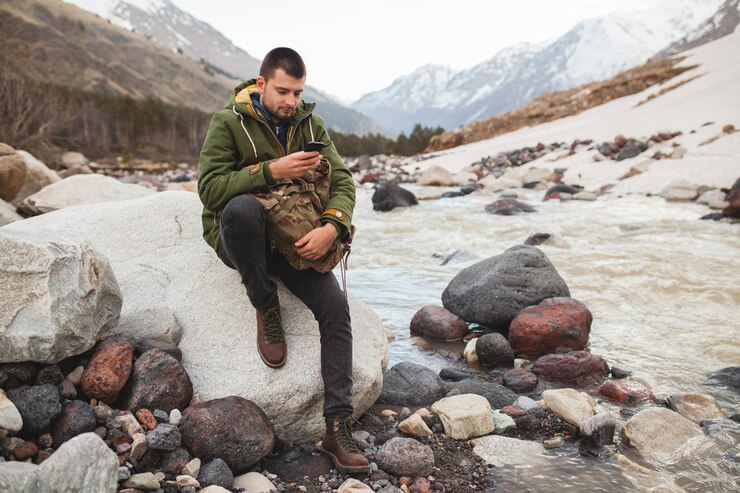
In the lower altitudes, the weather is generally mild or even warm, especially during the day. But nighttime lows can occur, particularly in tea houses that might not have adequate insulation or central heating.
Nights can get very cold as you go higher, especially over 3,000 meters (9,800 feet), with lows well below freezing in the fall and spring, when trekking is at its busiest.
Even at lodges and teahouses, where blankets and sufficient heating may not always be available, having a napping bag adds extra warmth and comfort.
2. Tea House Comfort
There are tea houses and lodges en route to the popular trekking path, the Annapurna Circuit. These locations usually provide meals, a bed, and occasionally blankets as minimal comforts. Nevertheless, there might not always be enough blankets to keep you warm at these tea shops, or the blankets might not always be clean.
Cleanliness: To avoid sharing tea house blankets, which might not always be cleaned in between usage, some hikers opt to bring their own sleeping bags.
Comfort: Regardless of the conditions at your lodging, carrying a sleeping bag guarantees that you will be warm and cozy the entire night.
3. High Altitude and Remote Locations
The supply of basic luxuries, like blankets, can run out as you hike more into the mountains. In the event that the weather turns colder than expected, extra blankets might not always be accessible because lodges are typically smaller and have fewer resources at higher elevations.

In addition, even during normally milder seasons like spring or autumn, you may encounter colder-than-expected circumstances due to the unpredictable nature of weather at higher elevations. If you find yourself in a lodge without enough bedding, a decent sleeping bag serves as a backup plan.
How to Choose the Right Sleeping Bag for the Annapurna Circuit
Having established the necessity of a napping bag, it is important to comprehend the process of selecting the appropriate one. Here are some important things to think about: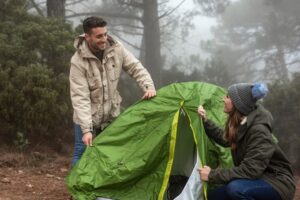
1. Temperature Rating
When selecting a sleeping bag, make sure to choose one with an appropriate temperature rating for the conditions you’ll face. For the Annapurna Circuit, temperatures can drop below freezing, especially at higher elevations and during the night.
- Generally, a 3-season naping bag is recommended for the hike. When sleeping bag selection for higher altitude excursions, use one rated for temperatures between -10°C and -15°C (14°F and 5°F).
- In winter (December to February), you may need a sleeping bag rated for colder temperatures, as the weather can be more extreme.
2. Weight and Pack ability
It’s crucial to pick a sleeping bag that is lightweight and simple to pack because you’ll be transporting it across vast distances. Trekking-specific bags are a good option because they are often small and convenient to fit in your backpack.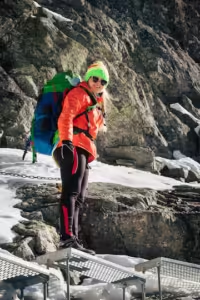
In general, down sleeping bags are more compressible and lighter than synthetic ones. If you go for down for your sleeping bag, keep in mind that it can lose its insulating qualities if it gets wet. Therefore, make sure your bag has a waterproof cover.
3. Insulation Material
Down insulation: As mentioned earlier, down napping bags are light, compressible, and provide excellent warmth. However, down does not perform well in wet conditions. If you choose a down sleeping bag, consider bringing a waterproof or water-resistant sleeping bag cover.
Synthetic insulation: Synthetic bags are heavier and bulkier but perform better in wet conditions. They are also more affordable than down bags, making them a good option for budget-conscious trekkers.
4. Sleeping Bag Liner
Spending money on a sleeping bag liner could be desired for additional warmth and hygiene reasons. Liners are easy to launder and give a few degrees of warmth to your rest bag, keeping your sleeping area neat and orderly.
Alternatives to Bringing a nap Bag
If you’re not sure whether to pack a sleeping bag, some of the following solutions might work for you, depending on your preferences and available budget:
Renting Sleeping Bags: You can hire excellent sleeping bags made for trekking in Kathmandu or Pokhara.
If you want to go on a trek without investing in a sleeping bag, this is a fantastic alternative. Prior to renting, make sure the sleeping bag is clean and has adequate insulation.
Relying Only on Tea House Blankets: Some hikers choose to utilize tea house blankets in place of sleeping bags. This might be effective at lower elevations, but it’s a risky choice at higher ones where there may not be as much blanket availability and extreme cold.
Opinion
Even though the Annapurna Circuit hike provides amazing views and a once-in-a-lifetime experience, being well-prepared for the trip is crucial. It’s a sensible and advised decision for anyone intending to finish the circuit to bring a napping bag. It ensures that you are well-rested and prepared to face each day of the journey by offering warmth, comfort, and peace of mind.
To locate the ideal sleeping bag for your needs, take into account many criteria such as weight, insulation material, and temperature rating. Although there are other options, such as using tea house blankets or renting a resting bag, having your own ensures that you’ll be ready for any scenario the walk may present.
Experienced or inexperienced in high-altitude hiking, the Annapurna Circuit offers a demanding and fulfilling journey. Accompanied by appropriate equipment, such as a sturdy sleeping bag, you may concentrate on relishing the breathtaking scenery and distinctive cultural encounters that lie ahead.

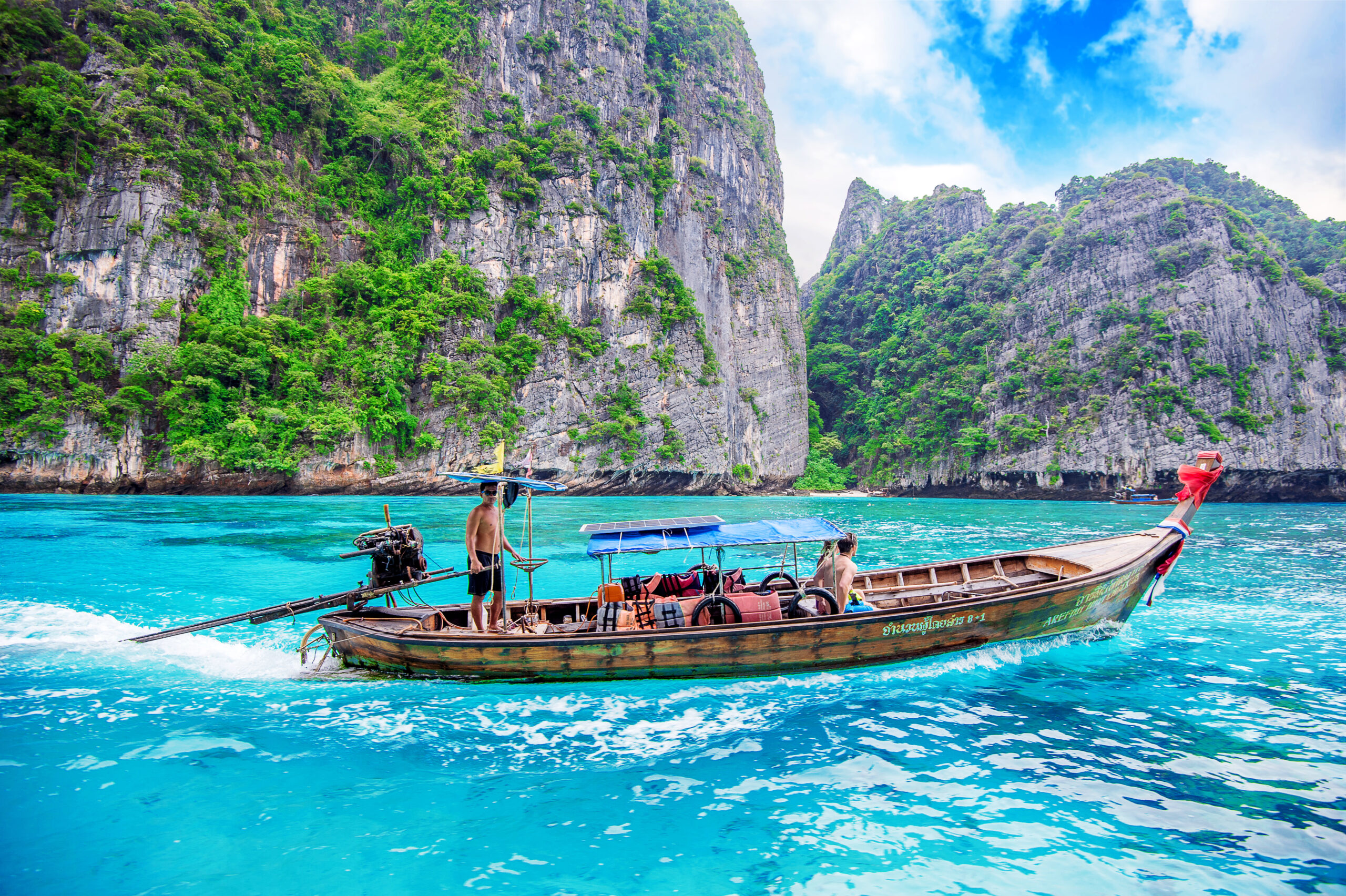
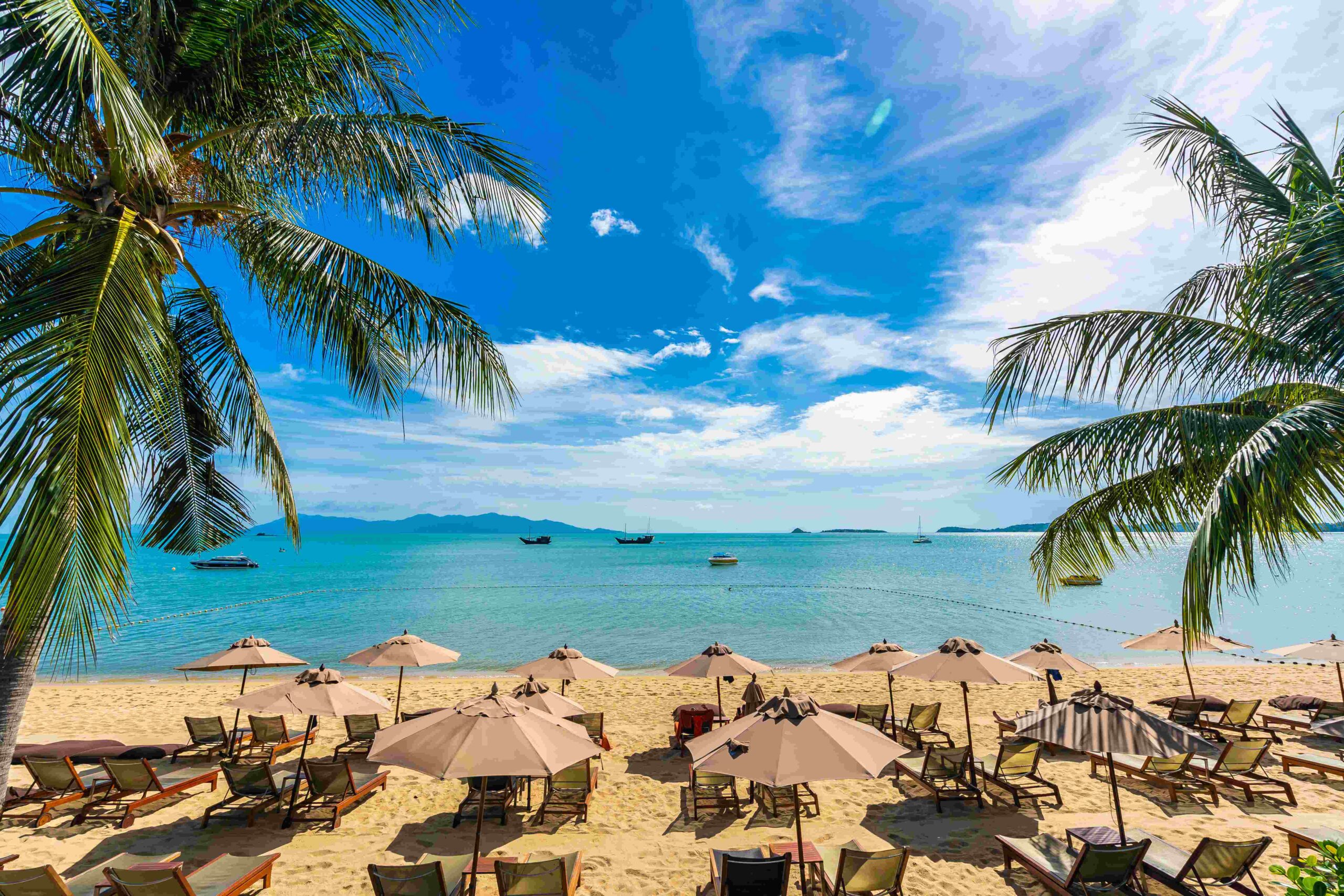
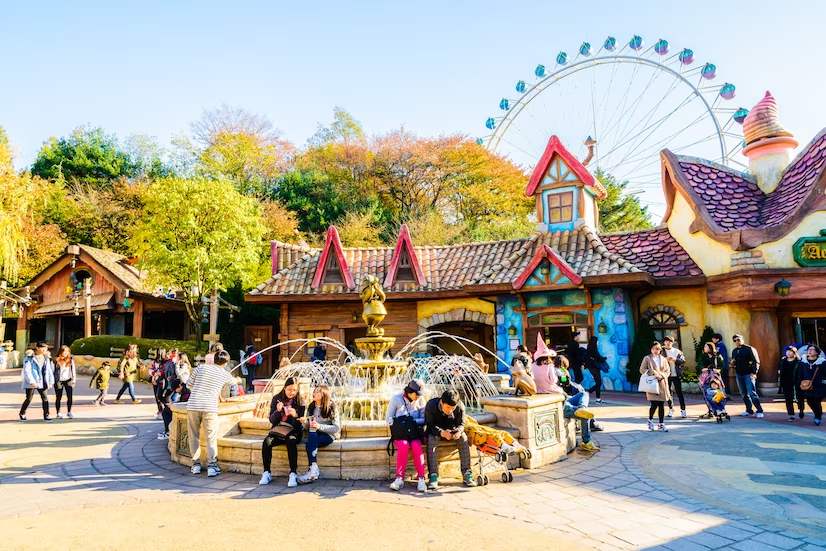

1 Comments
I’m extremely impressed together with your writing skills as neatly as with the format
for your blog. Is that this a paid theme or did you customize it your
self? Anyway stay up the excellent high quality writing, it is
rare to look a great blog like this one nowadays. BrandWell!